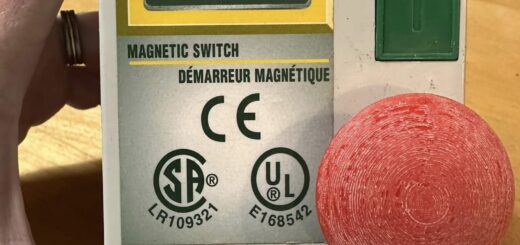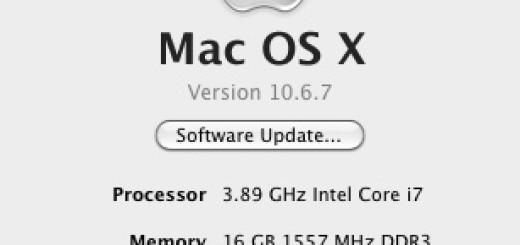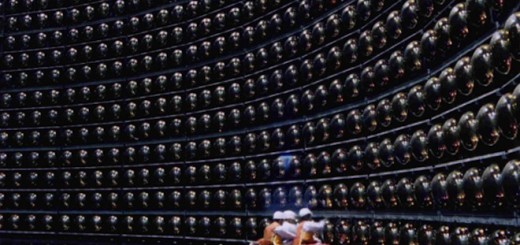We’ve been flipping coins wrong
Actually, the title is a bit misleading. We have been using our coin flips incorrectly. A paper entitled, Dynamical Bias In The Coin Toss [PDF] came out in 2009 by a group from Stanford University and the University of California-Santa Cruz. The authors’ main result was that a standard coin, when flipped and then caught by the flipping-hand, had a 51% chance of showing the same surface as the one showing before the toss. That is, there is a slightly greater chance that a coin showing heads at the start of the flip will show heads after the flip.
Trying to get around this bias by spinning the coin on a flat surface doesn’t work either. The physics of a spinning disk cause it to eventually fall with the heavy side down. In the study, a spun coin turned up tails 80% of the time!
What is needed is a fool-proof way to flip a coin and eliminate any bias. This was actually worked out in 1951* by the famous mathematician John von Neumann. He was dealing with trying to create random numbers in new digital computers. His procedure works with any coin including a trick or weighted coin. By way of example suppose you have a weighted coin that when flipped will show heads 80% of the time. If you want a fair result you simply flip the coin twice. If it comes up heads both times or if it comes up tails both times you throw away the result and flip twice more. If it comes up heads-tails you mark the result down as heads. If it comes up tails-heads then you mark the result down as tails. That’s it.
Why does this work? It works because the probability for getting the result heads then tails is the same as the probability of getting the result tails then heads and that is all we ask for in a coin toss where we are interested in only two outcomes. Mathematically, we have
P(HT) = P(TH),
P(H) × P(T) = P(T) × P(H),
0.8 × 0.2 = 0.2 × 0.8 = 0.16,
where P(HT) is the probability of getting the result heads then tails which is simply a product of the probability of getting heads times the probability of getting tails, assuming the coin flips are all independent (they are).
It’s important to note that this procedure will work for any coin, even one you may not trust or know in advance what its bias may be.
*John von Neumann,Various techniques used in connection with random digits, Journal of Research of the National Bureau of Standards, Appl. Math. Series (1951), 3, 36-38



Recent Comments